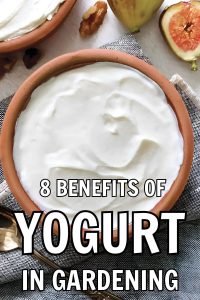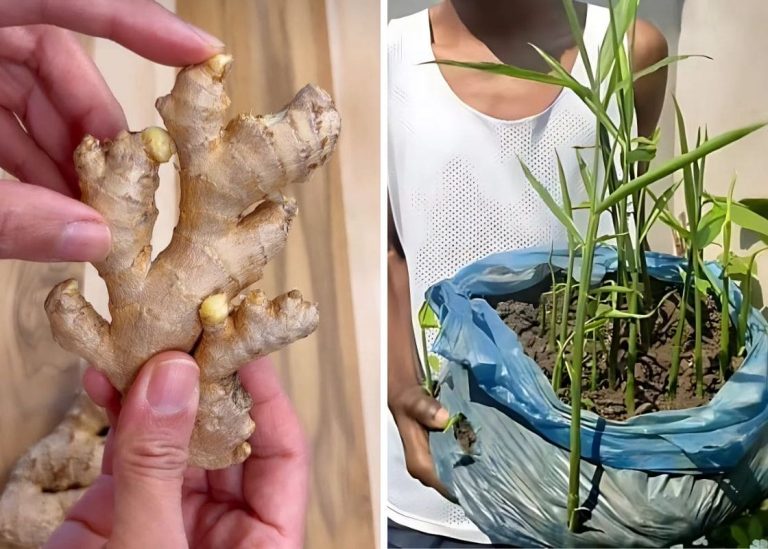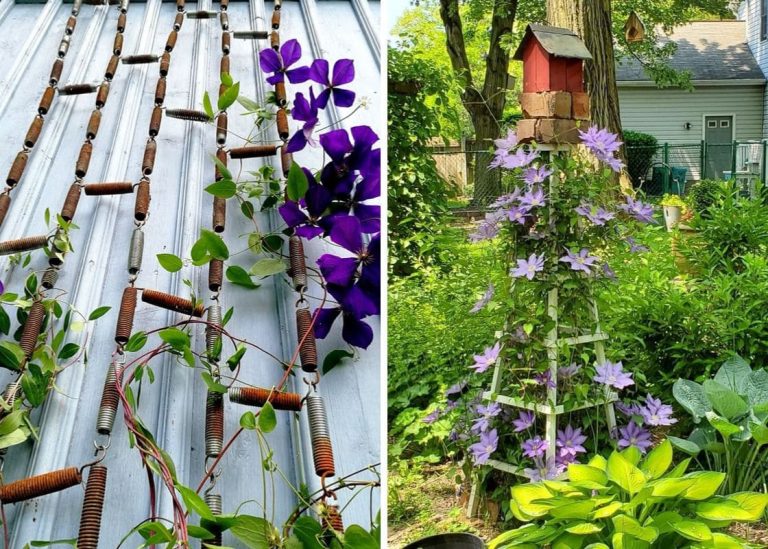8 Surprising Benefits of Yogurt for Gardening Work
Last spring, I was cleaning out the fridge when I found a few forgotten tubs of plain yogurt tucked way in the back. They were still fresh, but nobody seemed eager to eat them. Out of curiosity, I began reading about ways to use yogurt beyond the breakfast table—and that’s when I stumbled into one of the most unexpected gardening discoveries I’ve ever made.
A few days later, I scooped a little yogurt into the compost pile and watered it into the soil around some tired tomato plants. Watching the plants perk up week after week felt like seeing quiet magic at work. Leaves grew greener, blossoms turned more vibrant, and the whole patch seemed to hum with new energy.
I started sprinkling yogurt into other garden corners, experimenting with seedlings, flowers, even the fussy lemon tree that had refused to bloom the year before. Each time, the results amazed me. It felt like I had unlocked a tiny, hidden secret tucked inside a common kitchen ingredient.
Why Use Yogurt in Gardening?
Plain yogurt is packed with friendly bacteria like Lactobacillus and Bifidobacterium, little invisible helpers that quietly transform tired soil into thriving, living earth. Along with probiotics, yogurt offers a cocktail of calcium, magnesium, and protein—nutrients plants eagerly soak up to grow stronger roots, tougher stems, and sweeter fruits.

While most of us think of yogurt as food for people, its real magic extends to the garden, nurturing plants just as gently and generously. With the right touch, a humble spoonful of yogurt can turn ordinary dirt into a buzzing, breathing ecosystem beneath your feet.
Benefits of Yogurt for Gardening
1. Enhancing Soil Health
One cool morning, I stirred a few spoonfuls of yogurt into the soil of a raised bed that had been struggling all season. I wasn’t expecting much, but the change came quietly—earth that had once been dry and crumbly grew darker, richer, and seemed to breathe a little easier.
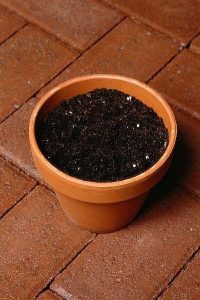
Plain, unsweetened yogurt introduces living probiotics like Lactobacillus into the soil, helping build a thriving underground community. These microscopic helpers break down organic matter faster and create humus that smells sweet and earthy between your fingers. If you’re adding yogurt, just a few tablespoons mixed gently into compost or garden beds will work wonders.
2. Feeding Plants with Calcium
A neighbor once shared her trick for plump, healthy tomatoes: she whispered, “Always feed them yogurt.” I chuckled, but I tried it—and by mid-summer, my tomato vines groaned under the weight of heavy, juicy fruit.
Calcium in yogurt strengthens cell walls and roots, leading to sturdier plants and better harvests. Mixing a small amount of diluted yogurt into the soil around fruiting plants gives them just the lift they need. Just be sure not to overdo it—a light hand works best to avoid overwhelming delicate roots.
3. Fertilizer for Houseplants
During winter, when everything outside slows to a sleepy crawl, my houseplants become my little green lifeline. I noticed my pothos and peace lilies looking a bit weary last January, so I gave them a gentle treat—a watered-down yogurt mix, poured carefully at the base.

Indoor plants benefit from yogurt’s minerals too, soaking up a quiet dose of nutrition between watering days. To make your own houseplant booster, mix one part plain yogurt with four parts water and offer it once every few weeks. Watching a tired plant spring back to glossy life feels like witnessing a small miracle.
4. Natural Pest Repellent
One warm evening while handpicking aphids off my peppers, I decided to test another bit of yogurt wisdom I’d read about. I diluted some yogurt with water and misted it gently over the leaves. Within a few days, the tiny invaders seemed far less eager to linger.
The beneficial bacteria in yogurt create an environment that many common pests—aphids, whiteflies, ants—find unpleasant. Spraying a thin yogurt solution onto vulnerable plants offers gentle protection without resorting to chemicals, allowing your garden to stay wild and welcoming for bees, butterflies, and birds.
5. Protecting Plants from Disease
Last year, after a heavy spell of rain, mildew threatened to take over my squash patch. Instead of reaching for fungicides, I tried a yogurt foliar spray, encouraged by a friend’s success story. To my amazement, the mildew never spread.
Yogurt’s natural probiotics, especially strains like Lactobacillus, help outcompete harmful pathogens and fungi. Spraying a diluted yogurt mixture onto leaves can strengthen your plants’ natural defenses, creating a living shield that guards against disease without harming the ecosystem around them.
6. Yogurt for Seedling Care
tarting seeds indoors feels a little like holding your breath—you hover over them, coaxing them into life with careful attention. This season, I tried adding a whisper of diluted yogurt to my seedling trays, and the difference was undeniable: thicker stems, stronger roots, and the bold, hopeful push of tiny leaves reaching for light.

For fragile seedlings, yogurt offers a nurturing start packed with mild, plant-friendly nutrition. Mix a teaspoon of yogurt with a cup of water and gently dribble it around the base once the first true leaves appear. It’s a small gesture that yields sturdy, vibrant growth.
7. Encouraging Stronger Flowers and Fruits
Walking through my garden in early summer, I often brush my fingers along the swelling blooms of tomatoes, peppers, and zinnias. Those heavy blossoms and vibrant fruits owe more to yogurt than most people would guess.
Calcium strengthens the bonds between cells, encouraging plants to produce hardier flowers and plumper fruit. Offering yogurt around the base of flowering and fruiting plants once they start setting buds gives them quiet strength that shows itself in every lush, colorful bloom.
8. Enhancing Compost Pile Efficiency
Some compost piles feel sluggish, dragging their feet through the breakdown process. Mine certainly did until I started adding a few spoonfuls of yogurt whenever I tossed in kitchen scraps.
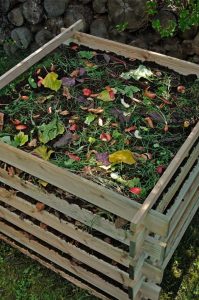
The living cultures in yogurt jump-start decomposition, speeding the transformation of apple cores, carrot tops, and wilted greens into rich, black compost. Simply sprinkle a little yogurt into your pile and mix it in. In a few weeks, you’ll notice the pile warming and sweetening, a sure sign that nature’s slow magic is waking up.
Final Thoughts
Sometimes, the best secrets in gardening aren’t locked away in fancy fertilizers or expensive treatments. They’re sitting quietly on your kitchen shelf, waiting to be rediscovered. Yogurt, with its soft tang and creamy simplicity, carries far more life than we often realize—and when you share it with the soil, the soil shares right back.
Next time you find an extra cup of plain yogurt lingering in the fridge, consider giving it to the earth outside your door. You might just find, as I did, that a little generosity toward your soil grows into something bigger—healthier plants, brighter blooms, and a garden that feels more alive than ever.
